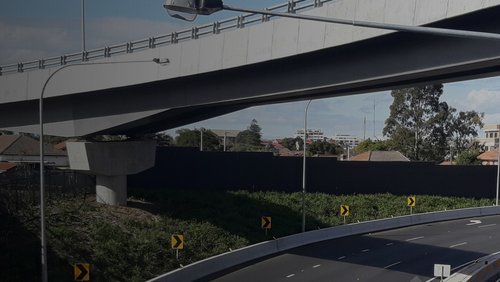4 Aug 2014
This article originally appeared in Engineering Dimension in August 2014.
The engineer who designed the Southland Stadium in Invercargill has been expelled from IPENZ following the collapse of the stadium’s roof.
The stadium provided a 9,108-metre-square indoor sports facility for the region and featured two large, interlinked spaces comprising the community and event courts areas. These had roof trusses with clear spans over the two spaces. During the stadium’s construction, which began in 1999 and was completed in 2000, excessive deflections occurred in the roof trusses above the community courts area. To address these, modifications had to be made at a late stage in construction.
On 18 September 2010, following a snowstorm, the roof structures over the main area of the stadium collapsed. Fortunately, no one was injured – the one person in the stadium at the time was unaffected. A Disciplinary Committee convened on 6 December 2013 in Invercargill to determine the involvement of Anthony Major. Mr Major admitted he was responsible for the building’s design, checking drawings and was available to advise the contractors on the design. No design review was carried out on the original design. He described the contractual relationship between his company (A. S. Major Consulting Engineer) and the Principal Consultant Architects as “casual” and said no formal contractual arrangement existed. He carried out all the design and checking in person.
The design review undertaken when the roof originally sagged identified 11 deficiencies in terms of Code strength and/or serviceability compliance in Mr Major’s original design as consented. Mr Major said he had no written record of site meetings where structural engineering issues were discussed nor any recollection of specific discussion about the quality of the steel fabrication and its erection.
The Committee was “appalled” at the apparent lack of responsibility Mr Major assumed for the work.
The building he’d designed required extensive structural modification during construction and collapsed 10 years later. It was clear he’d learned very little from the experience. He gave no substantive evidence that his professed casual practices in his professional engineering activities had changed significantly. While it’s not for the Committee to determine the cause of the collapse, and others have reported on the contributory factors, the fact remains Mr Major was the professional engineer tasked with the design and with issuing the Producer Statement Construction Review (PS4).
The Committee believed Mr Major failed to protect the public’s health and safety due to his casual attitude to his professional engineering activities at the time. At the hearing he took no responsibility, contradicted his earlier written submissions and tried to lay blame on others for the construction faults.
The Committee didn’t accept he possessed the necessary technical knowledge and judgement as a design engineer on the project. His response to further questions indicated he didn’t recognise the special nature and risks inherent in a project of this size and type and was acting outside his competence level. He was unaware of the requirements in relevant New Zealand Standards for steelwork construction, made errors in his design work that were discovered when his work was reviewed during construction, and didn’t record his activities and instructions onsite in any permanent fashion.
In the Committee’s view, the issue of a PS4 for the community truss modification work when he didn’t even inspect the finished product bordered on reckless, not demonstrating the judgement expected of a professional engineer. The Committee determined Mr Major fell well short of the competency standard expected. He failed to carry out his ethical obligation to protect life and safeguard people. He also failed to comply with the competence obligation in his professional engineering activities (IPENZ Rules 4.2 and 4.3). While the Committee’s findings concerned professional activities carried out in 1999 and 2000, it also found that Mr Major’s attitudes and competencies hadn’t improved over the years and are below the current standards expected of a Professional Member of IPENZ.
The Committee ordered that:
- He be expelled as an IPENZ Member and pay IPENZ the full amount of the costs and expenses of the inquiry and disciplinary process
- He be named in an article in Engineering Dimension for the education of other professional engineers
- IPENZ place a public notice in major newspapers in Southland and Otago and send a copy to Building Consent Authorities in those areas, summarising the contents of this report and naming him for the information of regulators and the public.
Mr Major requested an appeal of this decision on the basis the penalty was too severe. The Appeal Committee, consisting of two past Presidents of IPENZ and a Barrister of the High Court, declined the request on all four grounds as set out in Disciplinary Regulation 44, stating they couldn’t see how the grounds of such an appeal could ever be satisfied.
Read the full determination | 405.3 KB



